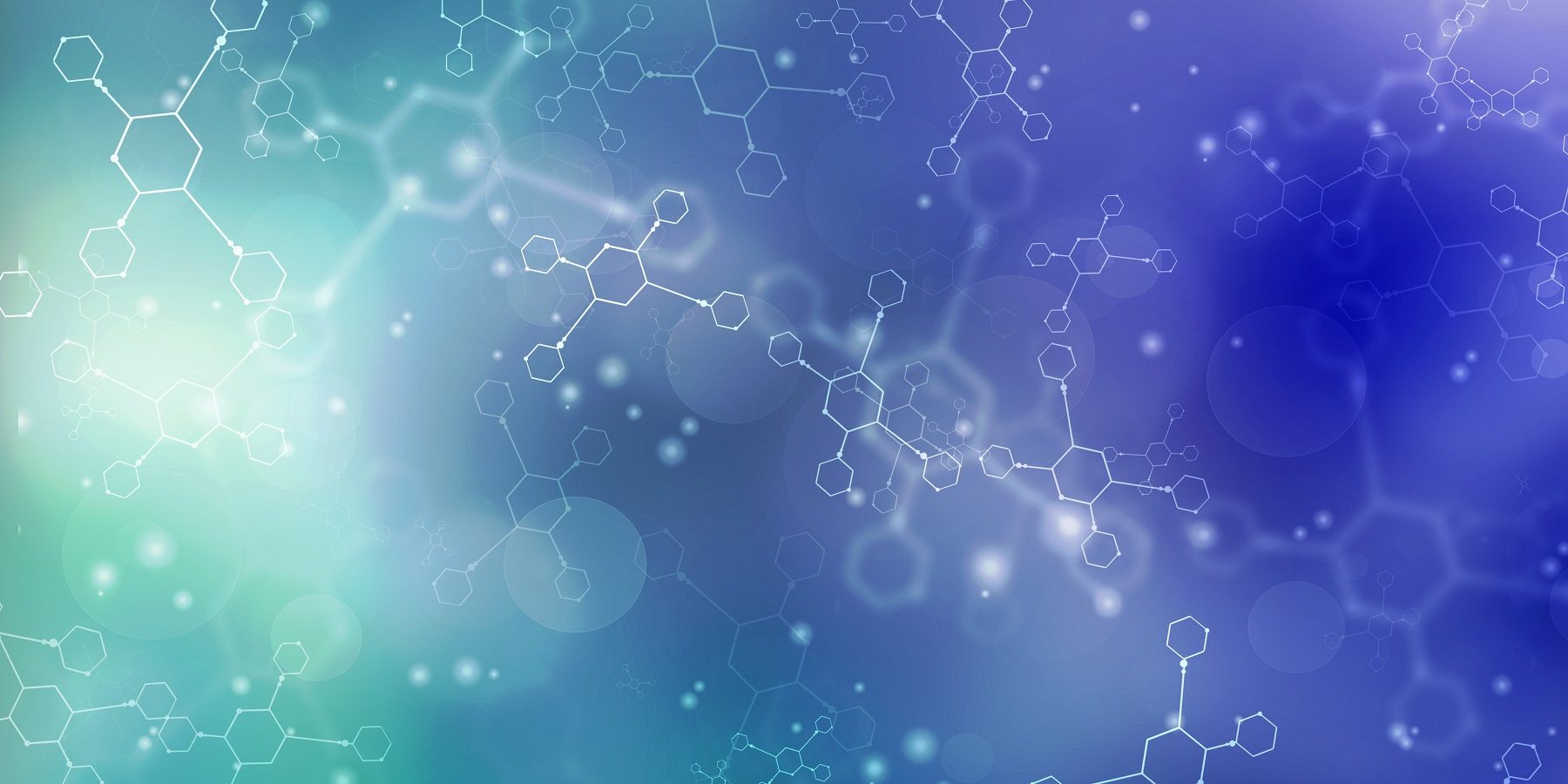Indications
Tadalafil is prescribed for the treatment of erectile dysfunction (ED) and is also used either independently or in combination with finasteride for managing benign prostatic hypertrophy (BPH). Moreover, it is indicated for treating pulmonary arterial hypertension (PAH), both as a standalone therapy and in conjunction with macitentan or other endothelin-1 antagonists.
Pharmacodynamics
In terms of pharmacodynamics, tadalafil enhances erectile function by facilitating sexual stimulation-dependent smooth muscle relaxation in the penile region. This relaxation permits the corpus cavernosum to become engorged with blood, resulting in an erection. Additionally, tadalafil induces smooth muscle relaxation in the pulmonary vasculature, thereby promoting vasodilation in patients with PAH and subsequently reducing pulmonary arterial blood pressure. In managing BPH, tadalafil may decrease smooth muscle cell proliferation, potentially minimizing prostate size and alleviating urinary symptoms caused by anatomical obstructions. Its lower affinity for PDE6 relative to other PDE5 inhibitors could account for the reduced occurrence of visual side effects.
Absorption
Regarding absorption, tadalafil reaches its peak plasma concentration (tmax) between 0.5 to 6 hours, with a median time of 2 hours in healthy adults. In adults with PAH, the tmax ranges from 2 to 8 hours, with a median of 4 hours. The absorption of tadalafil is not significantly influenced by food intake.
Metabolism
Tadalafil is primarily metabolized in the liver via the CYP3A4 enzyme to form a catechol metabolite. This metabolite is subsequently processed through methylation and glucuronidation, resulting in a methyl-glucuronide metabolite, which becomes the predominant circulating metabolite. It is important to note that none of the identified metabolites possess pharmacological activity.
Mechanism of Action
Tadalafil is a selective phosphodiesterase-5 (PDE5) inhibitor that facilitates several downstream effects, primarily promoting smooth muscle relaxation. Erectile dysfunction (ED) can arise from diverse etiologies, including psychogenic, neurogenic, vasculogenic, iatrogenic, and endocrine factors, which interfere with penile smooth muscle relaxation through altered neuronal signaling or direct effects on muscle cells. During sexual arousal, non-adrenergic non-cholinergic (NANC) neurons release nitric oxide (NO), which activates guanylate cyclase, converting guanosine triphosphate to cyclic guanosine monophosphate (cGMP). The cGMP then triggers cGMP-dependent kinase (PKG), initiating a signaling cascade that includes activation of K+ channels, inhibition of Ca2+ channels, reduction in platelet activation, and inhibition of smooth muscle proliferation, while inducing apoptosis. Phosphodiesterase-5 (PDE5) attenuates this cascade by converting cGMP to GMP. By inhibiting PDE5, tadalafil enhances the PKG signaling cascade, supporting penile smooth muscle relaxation during sexual arousal by reducing Ca2+ influx into smooth muscle cells, thereby facilitating blood engorgement of the corpus cavernosum and producing an erection.
